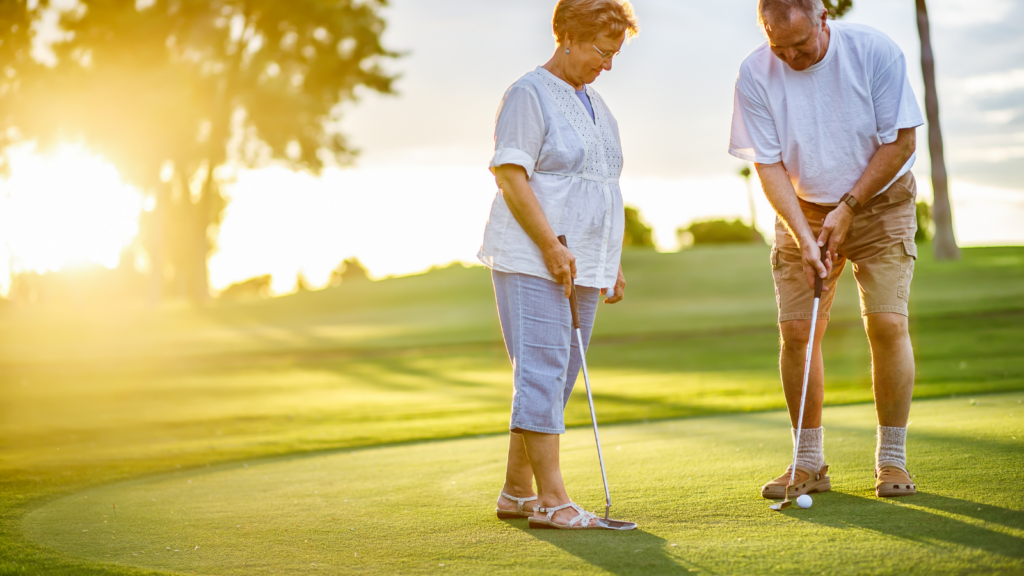Ever wondered what it really means to lead an active lifestyle? Well, it’s not just about hitting the gym or running marathons. An active lifestyle is a holistic approach to living that involves incorporating physical activity into your daily routine. It’s a form of expression which is all about making healthier choices, staying motivated, and, most importantly, enjoying the journey.
What is an Active Lifestyle
 To answer the question What is an Active Lifestyle we have to look at what activity and lifestyle entail. An active lifestyle embraces the idea of being consistently involved in physical activities. It’s more than showing up at the gym once a week. Consistent physical activity, even in smaller measures like taking stairs instead of an elevator, signifies an active lifestyle. It’s about integrating movement into day-to-day activities, fueled by the intention to promote overall health and wellbeing.
To answer the question What is an Active Lifestyle we have to look at what activity and lifestyle entail. An active lifestyle embraces the idea of being consistently involved in physical activities. It’s more than showing up at the gym once a week. Consistent physical activity, even in smaller measures like taking stairs instead of an elevator, signifies an active lifestyle. It’s about integrating movement into day-to-day activities, fueled by the intention to promote overall health and wellbeing.
Core Principles of Being Active
Maintaining an active lifestyle relies on three foundational principles: consistency, balance, and progression.
-
Consistency: It refers to the regularity of physical activity. It’s not the intensity, but the regularity that counts. Incorporate exercise into your routine daily, whether it be a brisk stroll, cycling, or yoga.
-
Balance: It’s essential to strike a balance in the kinds of physical activities. Pairing aerobic exercises like swimming or jogging with strength training can be beneficial. Ensuring flexibility and balance exercises form a part of your routine can also aid in injury prevention.
-
Progression: Increasing the intensity of workouts over time can promote continuous improvement and prevent plateaus. It’s all about pushing the boundaries while ensuring the maintenance of physical and mental wellbeing.
Benefits of an Active Lifestyle
Choosing to live actively imparts considerable gains to various aspects of one’s life. Wealth of research suggests improvements in physical health, mental wellness, and social interactions as key payoffs.
Physical & Mental Health Improvements
 Adopting an active lifestyle facilitates numerous physical health benefits. Regular physical activity aids in maintaining a healthy weight, thereby reducing risks associated with obesity, such as diabetes and cardiovascular disease.
Adopting an active lifestyle facilitates numerous physical health benefits. Regular physical activity aids in maintaining a healthy weight, thereby reducing risks associated with obesity, such as diabetes and cardiovascular disease.
Complementing physical gains, an active lifestyle bolster mental health as well. Exercise stimulates the release of endorphins, neurotransmitters that generate feelings of happiness and euphoria. As stated by the Mayo Clinic, consistent exercise helps alleviate symptoms associated with anxiety and depression.
Social Benefits
Beyond individual health advancements, an active lifestyle can foster social connections. Joining a sports club or attending fitness group classes, for example, opens opportunities to meet new people and develop friendships. The World Health Organization notes these social aspects can enhance quality of life and create a sense of belonging and purpose.
How to Start an Active Lifestyle
The pivot towards an active lifestyle requires actionable steps. The section below delves into strategic approaches, shedding light on setting achievable objectives, incorporating physical activities into daily routines, and surmounting common challenges faced during this transformative journey.
Setting Realistic Goals
Starting an active lifestyle begins with setting attainable targets, a concept backed by the American Council on Exercise. Individuals often aim too high during the onset of their fitness journey, which can lead to lackluster commitments when those lofty goals aren’t met. To mitigate this trend, they suggest setting smaller, realistic objectives that allow for incremental progress.
Incorporating Activity Into Your Daily Life
 Daily life often provides numerous opportunities for incorporating physical activity—an aspect covered by the Centers for Disease Control and Prevention. They advocate for integrating movements in daily life by opting for stairs instead of elevators, engaging in gardening or yard work, and making conscious efforts to walk or bike short distances instead of using vehicles. They also recommend desk-based exercises for people whose work primarily involves sitting, suggesting examples such as leg lifts and stretches to combat sedentary behavior.
Daily life often provides numerous opportunities for incorporating physical activity—an aspect covered by the Centers for Disease Control and Prevention. They advocate for integrating movements in daily life by opting for stairs instead of elevators, engaging in gardening or yard work, and making conscious efforts to walk or bike short distances instead of using vehicles. They also recommend desk-based exercises for people whose work primarily involves sitting, suggesting examples such as leg lifts and stretches to combat sedentary behavior.
Committing to a Healthier Tomorrow
What is an active lifestyle isn’t just about hitting the gym. It’s about integrating physical activities into everyday life, maintaining a balanced diet, and ensuring sufficient rest. It’s a commitment that brings significant health benefits, reducing the risks of heart disease and other chronic conditions. This lifestyle is a journey, not a destination. It’s about making small, sustainable changes that add up over time. So, take that first step today and embrace the active lifestyle for a healthier, happier you.

